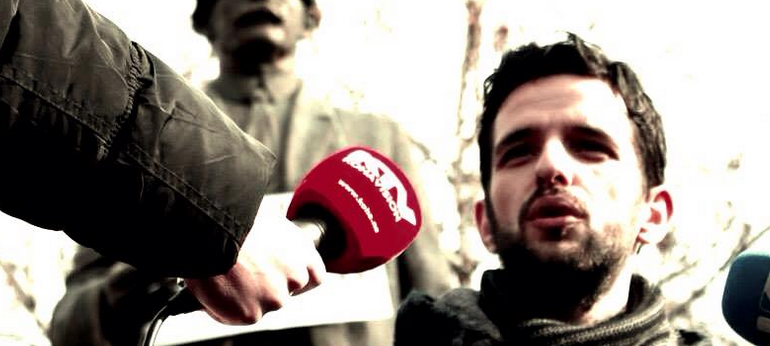Note from the LeftEast editors: this article was originally published by the Balkan web-portal Bilten.org.
On August 25th, in Brussels, Kosovo’s Prime Minister, Isa Mustafa and his Serbian counterpart, Aleksandar Vucic, signed the Agreement on the Association of Serb majority municipalities in Kosovo. This was the flash point and most disputable event of the three year negotiation process between Kosovo’s government and Serbia’s government. From the moment that it was made public, there was the conception that we will now have a political entity that is based on the national division of the country. But what does August 25th‘s agreement contain on the Association?
On paper, the Agreement’s text aims to strengthen local democracy, to develop local economy, to control local education and to improve primary and secondary health and social care. It also claims to coordinate local urban and rural planning, to improve local living conditions for returnees to Kosovo, and so on. According to the agreement, the Association is going to have an Assembly as a legislative body, a President and a Vice President, a Council as a guidance and consultative body, the Board as the leading body and its Administration.
The August 25th agreement arranges that the Association will work with state institutions on the basis of reciprocal cooperation (Point 8). According to Point 16 of the Mustafa-Vucic agreement, the Association could be financed by central authorities, but also from donations and grants from the Republic of Serbia or international organizations, but it wouldn’t be obliged to pay taxes. Point 20 of the agreement of August 25th recognizes the Association’s right to have its flag and coat of arms, meanwhile final provisions foresee the approval of the Statute of Association.
“There is white smoke, we have the agreement!” This was the way Vlora Çitaku (at the time a European Integration minister from Thaçi’s Democratic Party, nowadays Kosovo’s ambassador to the U.S.) considered the agreement on Twitter. She tweeted these words on April 19th 2013, just as the prime ministers of Kosovo and Serbia, at that time Hashim Thaçi and Ivica Dacic, had signed the famous agreement, which had been the culmination of the so-called “technical dialogue” between the two governments.
But, her “à la Conclave” post with fumata bianca turned out to be ghastly. Usually, the smoke is seen after the fire. But, in our case, in a perverse way, the “fire” came after the “smoke”. Following the agreement of April 2013, protests broke out led by the “Vetevendosje!” (Self-Determination!) Movement, which were frequently escalated by wild violence from the police.
But, what was the content of this agreement? This is important for the reader, because in actuality, the agreement of August 25th 2015 between Mustafa and Vucic is based on the agreement of April 19th 2013 between Thaçi and Dacic.

